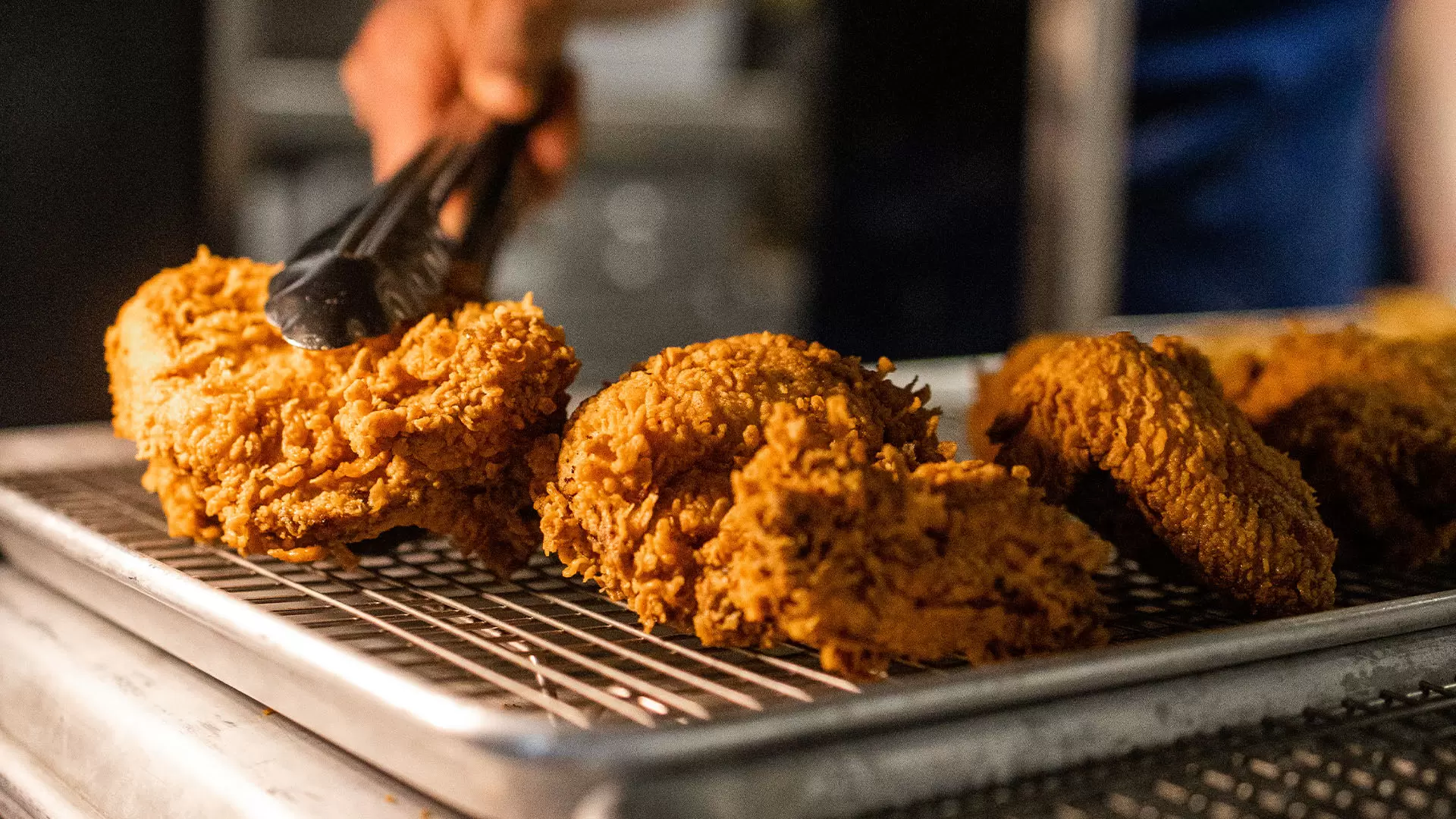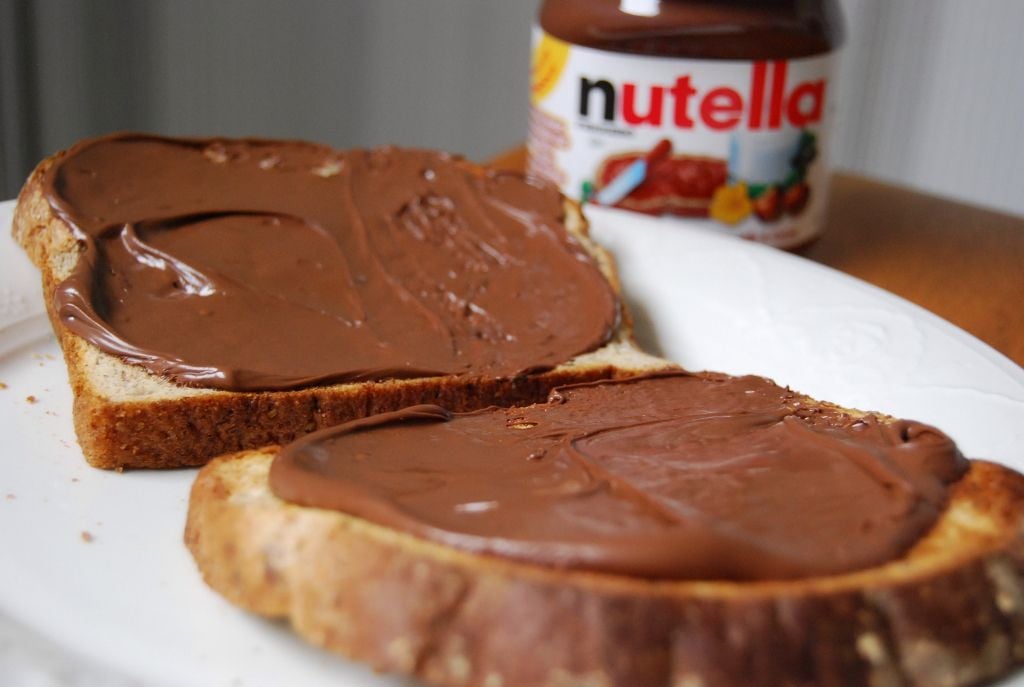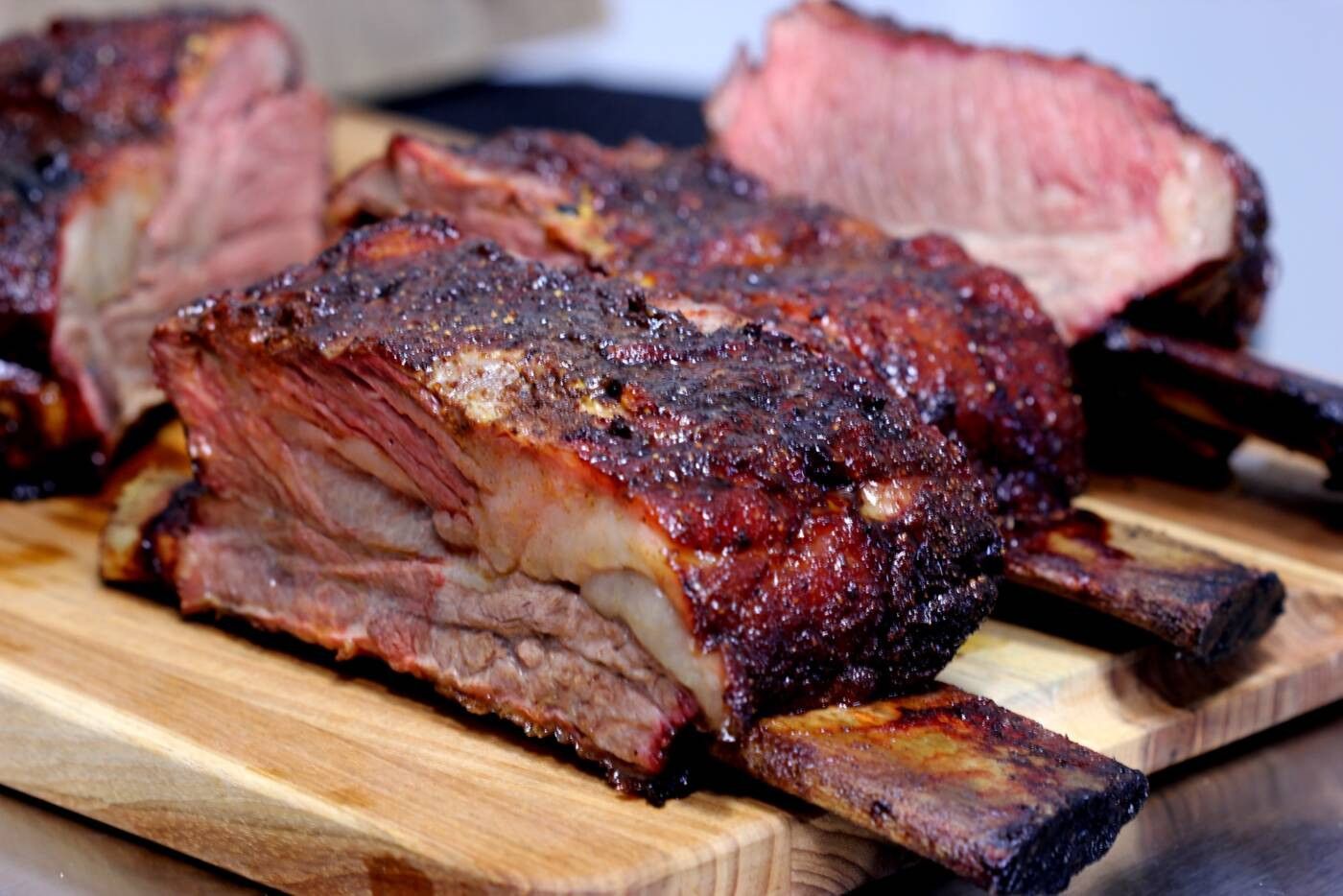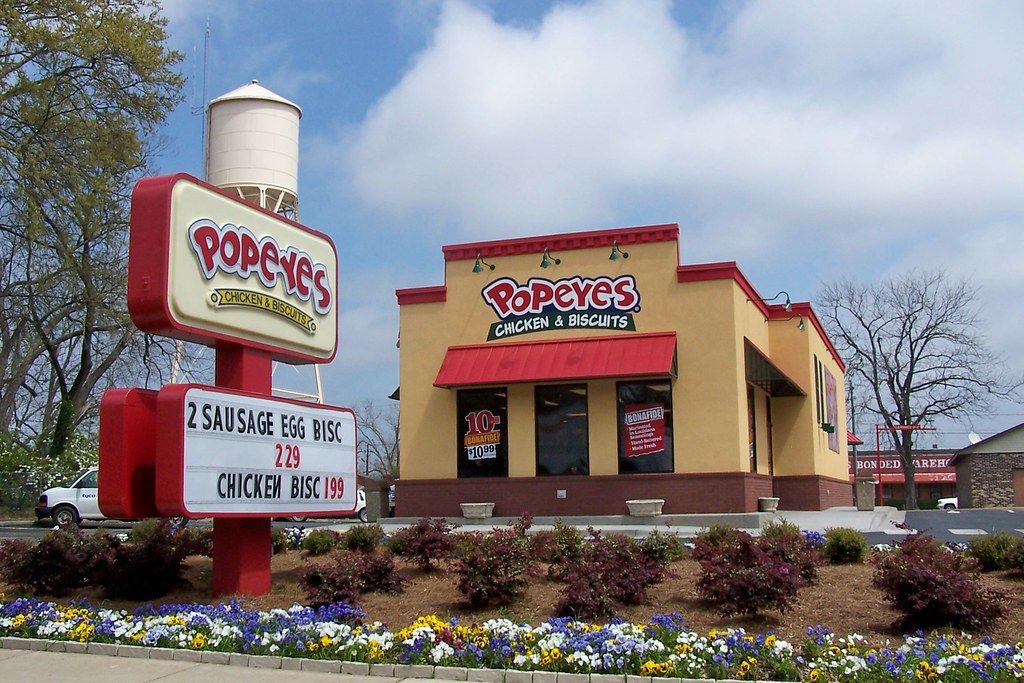
Unlocking the Potential of Blaufränkisch, An Underrated Wine Variety
- May 11, 2025
Blaufränkisch, an Austrian red grape known for its playful name, is a variety much beloved by wine connoisseurs despite being largely unrecognised by many. Wine professionals hail it as one of the most underestimated varieties on the market.
"The wines produced from this grape are truly delightful," shared Warren Johnson, co-owner of Charleston’s petite wine bar, Saint Urban's. Johnson describes the traits of Blaufränkisch by comically associating it with other popular grapes, stating, "Imagine combining a Nebbiolo, a Grand Cru Beaujolais, a Northern Rhône Syrah, and a Pinot Noir. Attach a cheery, red bow to that picture, and voila, that’s Blaufränkisch for you."
The grape is praised for producing complex wines that are pleasantly intense, tastefully elegant, and refreshingly crisp. Morgan Beck, the winemaker at Johan Vineyards in Oregon describes the wine as a perfect amalgamation of fruitiness, acidity, a dash of spice, and floral highlights.
Beck, who has become a strong advocate for spreading the love for this grape says, “You can spend days just revelling in its aroma.” Blaufränkisch, also parent grape to Gamay and Rotburger (Zweigelt), has a distinct deep-hued blue color, marking its source of its name, as “blau” means blue in German.
Historically, Blaufränkisch made its first documented appearance at Vienna's grape variety exhibition in 1862. Following its debut, the grape grew in popularity and became a mainstay in winemaking regions such as New York’s Finger Lakes region, Oregon, and Canada’s Ontario, thanks to its ability to flourish in both warm summers and cold winters.
One of the reasons posited for Blaufränkisch's lack of commercial popularity is its hard-to-pronounce name and numerous regional nicknames. “It goes by so many monikers including Lemberger in Germany, Kékfrankos in Hungary, Borgonja in Croatia, Frankovka in Slovakia, Gamé in Bulgaria, and Burgund Mare in Romania," says Beck. On top of this, Jahdea Gildin, sommelier at Luthun in New York City assumes that wine drinkers' preference for classic French and Italian labels might be sidelining the grape.
The good news is that trying a glass of Blaufränkisch doesn’t require a hefty commitment. Michelle Maddox, from Tre Luna Bar & Kitchen, assures that the quality-to-price ratio of Blaufränkisch is very attractive. It brings a balance of dark fruit flavors, acidity, and high tannins, making it a recommended choice for Gamay lovers.
Beck describes it as “a wine with a wide range, from juicy and chill-friendly to serious and full-bodied, depending on how it's produced.” Its versatility is also evident in its pairing ability, harmonizing well with a variety of dishes, from lighter meats like roast chicken to heavier dishes such as sausages and braises.
Whether new to wine or an avid explorer of different variants, one might find Blaufränkisch an intriguing addition to their wine collection. There are several notable bottles worth exploring to fully appreciate the range of this underrated grape: Austrian Claus Preisinger's zippy Blaufränkisch, Georg Prieler’s ruby-fruit-driven Blaufränkisch, the mineral-tasting Johan Vineyards' Oregon expression, and Christoph Wachter's fragrant and fruity Blaufränkisch. All offer a captivating tasting experience for any wine lover.






